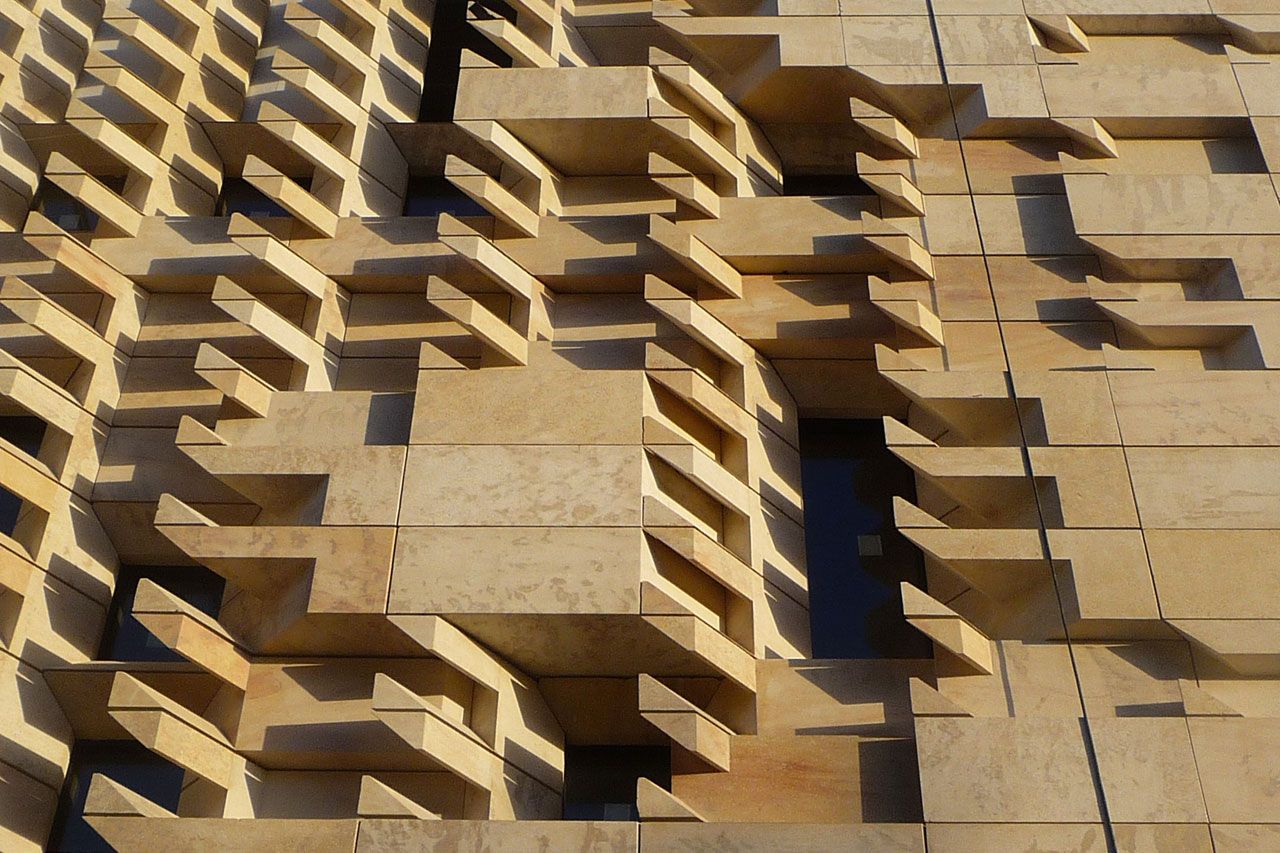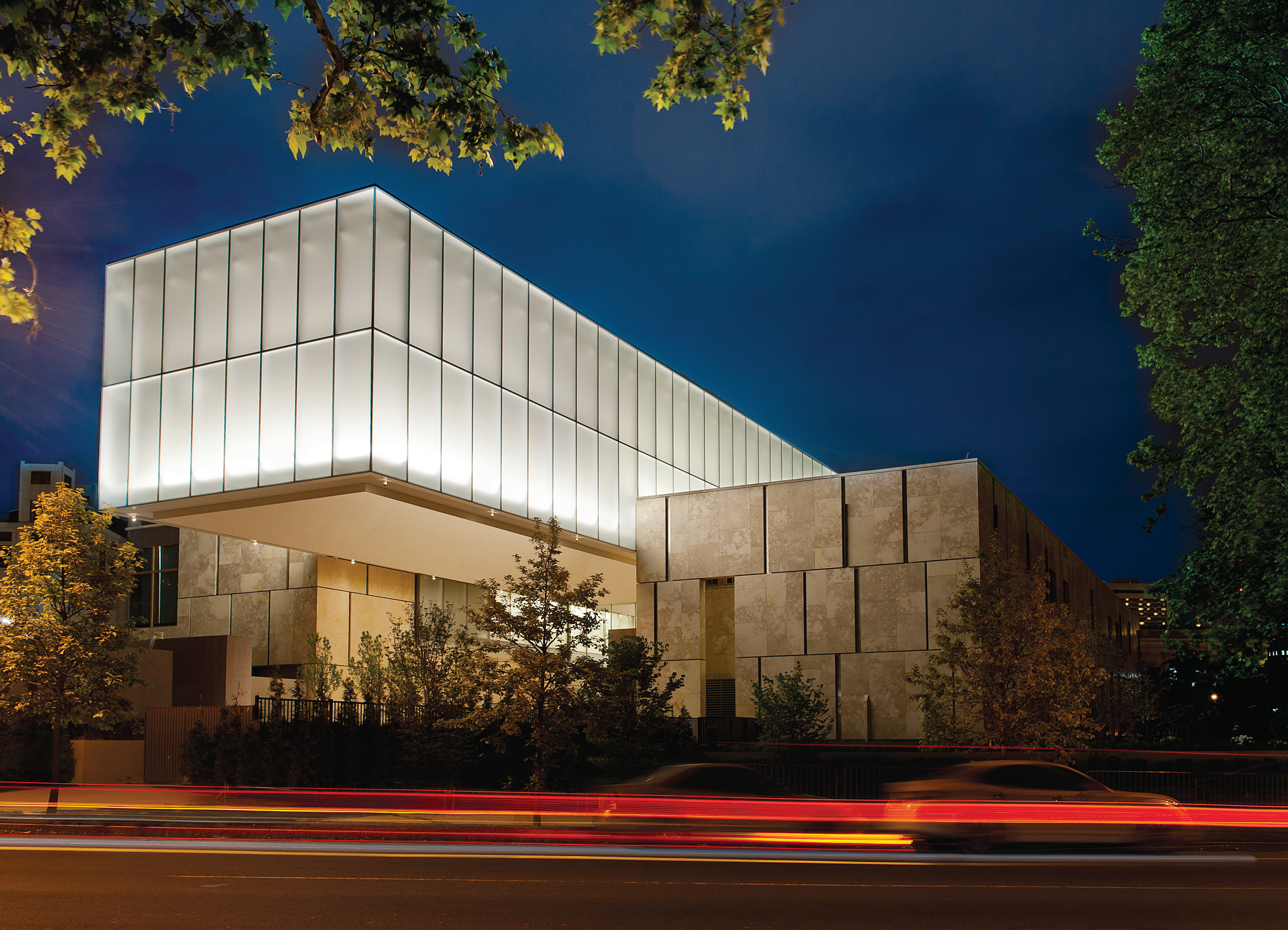The votes are in, and Architizer is thrilled to unveil the winners of the A+Product Awards! Register for Architizer's A+Product Awards Newsletter to receive future program updates.
Concrete is a tried and true construction material, used around the world and widely appreciated for its structural strength, fire resistance, high thermal mass and low construction costs. Its reliability and economy make it a regular choice for large infrastructural projects and institutional buildings. As such, raw concrete has traditionally been associated with the rough, the unadorned and the civic.
However, in a change heralded by modernism and disseminated by popular design, concrete is becoming an increasingly popular aesthetic choice for architectural interiors. That said, concrete itself can be hard to work with. Its heavy weight and potentially inconsistent appearance from one pour to the next makes it a challenge for interior applications.
As a result, there are a number of architectural products that mimic the cool, rough appearance of raw concrete in innovative ways. Even in light wood residential construction, it is now possible to affix these products in interiors and emulate the look and feel of a poured concrete floor or wall. Many manufacturers are finding exciting ways to push the concrete aesthetic to new limits with unique textures, artful etching, and creative geometries.
The concrete-emulating products featured here make the popular concrete aesthetic a readily available and flexible interior finish option.

Aperiodic Pyramid Concrete Wall Tile System by Oso Industries
Each wall unit in this tiled series mimics the rough, matte, neutral tones of poured concrete units. The triangular tiles fit together in myriad ways to create customizable wall patterns with subtle three-dimensional relief.


Cemento brings subtlety to raw concrete aesthetics with delicately etched geometric patterns. This detail brings refinement to an otherwise industrial look with the light touch of patterned line-work.

This material plays to concrete’s hand-wrought construction methods with seemingly irregular tiles that speak to an old-world aesthetic.

The concrete tile of the Artesia series takes an atypical approach to wall tiles. The slightly over-scaled hexagon shape brings a youthful element to the regular repeating pattern.

NEXT STEP Walk Soft Luxury Vinyl Tile by Dinoflex
Unlike the other products in this collection that are made of stone or ceramic materials, this product is actually a vinyl tile that does a great job replicating the color and irregularities of concrete.


Res-Cover by Ricchetti by Ceramics of Italy
These tiles are a remarkable way to recreate the look and feel of raw concrete. Res-Cover specifically plays to the diverse appearances of concrete by offering a variety of concrete-inspired colors and textures for both floors and walls.

© MO-CARRELLO
Keralite “Open” by Cotto d’este by Ceramics of Italy
These concrete-emulating panels are light and designed to have hairline seams. They bring together sleek, thin panel design and the appearance of heavy concrete.
The votes are in, and Architizer is thrilled to unveil the winners of the A+Product Awards! Register for Architizer's A+Product Awards Newsletter to receive future program updates.









